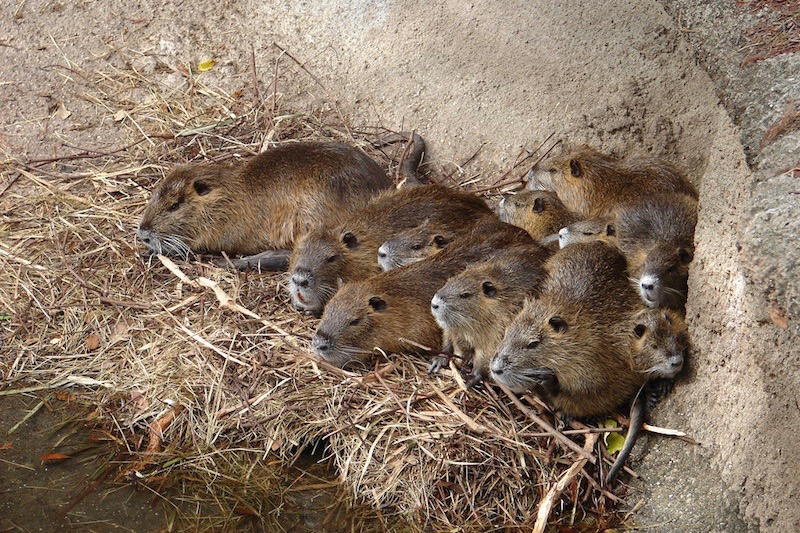About 70 cm in length and weighing over five kilogram in maturity, a nutria looks fuzzy and cuddly…if you discount the fact that it is basically a big rat. Nutria, also known as copyu, comes from Latin America. Improbably, in South Korea, it is taking off as medicine and a culinary delicacy.


